Types of Valves Used on Ships: Gate Valve – Part 1
A variety of valves are used in the piping and machinery systems of the ship as per the need of the flow pattern of the liquid. All valves used on ships have the basic functionality of regulating the flow of the liquid in the pipes.
Valves are used for almost all machinery systems on ships for controlling and regulating fluid through pipes. Although valves are known as efficiency decreasing device as they reduce the energy in the liquid flow, their use is imperative in applications where limited flow is required.
Therefore, for any aspiring or serving marine engineer, it is extremely necessary to know about construction and working of various types of valves used on ships.
In this first article of the series “Types of valves used on ships”, learn about one of the most important valves used on board ships – Gate valve.
Gate Valve
Gate Valve is among the most commonly used valves on board ships. It is also one of the simplest valves in terms of design and functionality.
As the name suggests, a gate valve consists of a simple mechanism called as “the gate” or the valve disc, which performs the main function of regulating the flow of the fluid. However, it is to note that the gate valve can have only no-flow or full-flow condition and thus can only be operated in one position. The valve gives a full bore flow without change of direction.
Gate valve is not suitable for operations which require partially open operation.
Construction
The main parts of the gate valve are indicated in the diagram :
Working
The working of the gate valves is pretty simple as it does not involve any complex mechanism. The spindle wheel, which is attached to the spindle rod, is rotated to move the “gate” at right angle to the flow of the fluid. The screwed spindle works in a nut and lifts the valve to open or close the “gate” between the circular openings furnished with seats. The valves and the seats may be either tapered or parallel on their facing sides.
Types
Gate valves are classified on the basis of their internal operation and the stem type. There are two important types of gate valves with respect to stem operation:
1. Rising stem type
In rising stem gate valve, the stem has threads, which are mated with the integral thread of the yoke or within the bonnet. When the valve is operated, the stem rises above the actuator and the valve attached to the stem opens up.
2. Non Rising Stem Type
In this type of gate valve, the gate or the valve disc is itself internally threaded and connected to the stem. As the stem thread mates with the disc, the valve will open or close without raising the stem as in the above type.
Important points
As the valve disc (gate) directly works against the flow of the fluid, the metal surface undergoes wear and tear. This often results in leaking of the valve.
Gland packing is used in the gate valve to stop any kind of water leakage through the space around the spindle. The gland packing also gets damaged in the long run and thus has to changed at regular intervals of time.
Valve seat of the gate valve can also cause trouble and thus should be checked for clearances during maintenance routine.
Uses: Gate valves are used in applications requiring minimum pressure loss. They are also used in applications wherein bidirectional flow is required.
Material: The bonnet of the valve is usually made of cast iron.
Do you have info to share with us ? Suggest a correction
Latest Marine Technology Articles You Would Like:
- 10 Harmful Effects Of Impure Air On Ship’s Machinery
- 10 Important Things to Check While Starting Fuel Oil Purifier on Ships
- 10 Noteworthy LNG-Powered Vessels
- 10 Points for Efficient Turbocharger Operation On Ships
- 10 Practical Tips to Handle Engine Room Pumps
- 10 Precautions to Take Before Operating Controllable Pitch Propeller (CPP) on Ships
Subscribe To Our Newsletters
By subscribing, you agree to our Privacy Policy and may receive occasional deal communications; you can unsubscribe anytime.



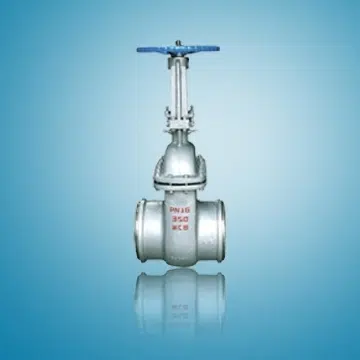
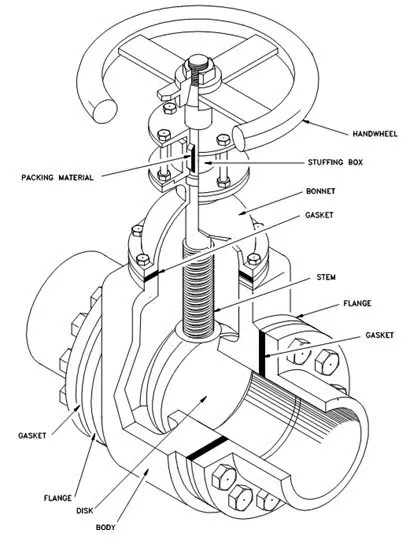

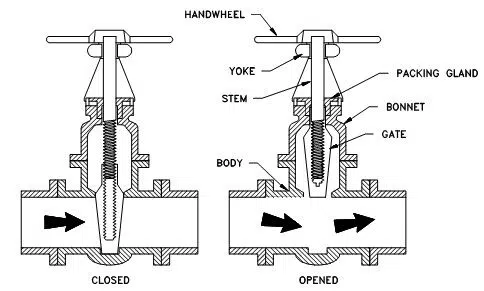
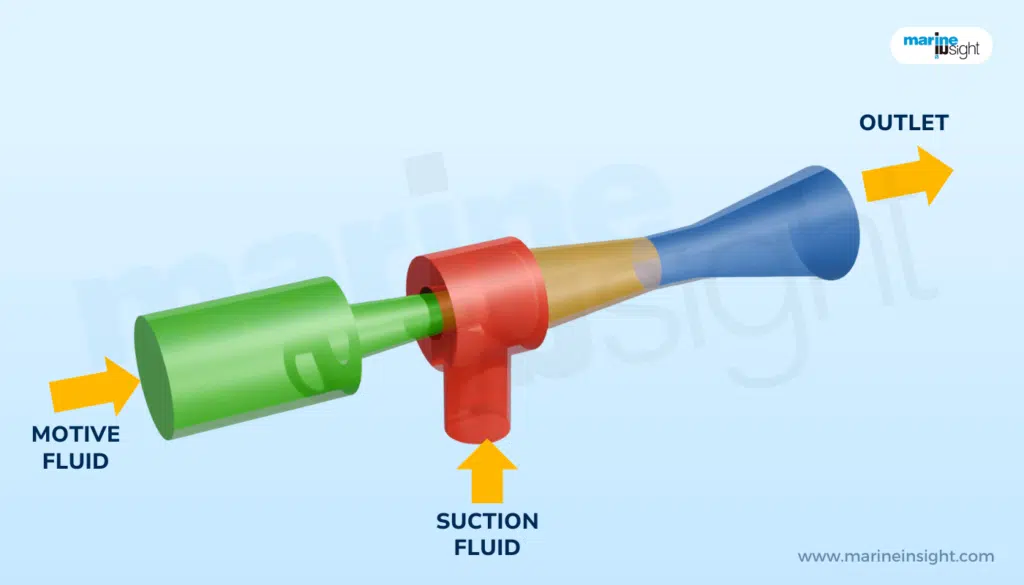
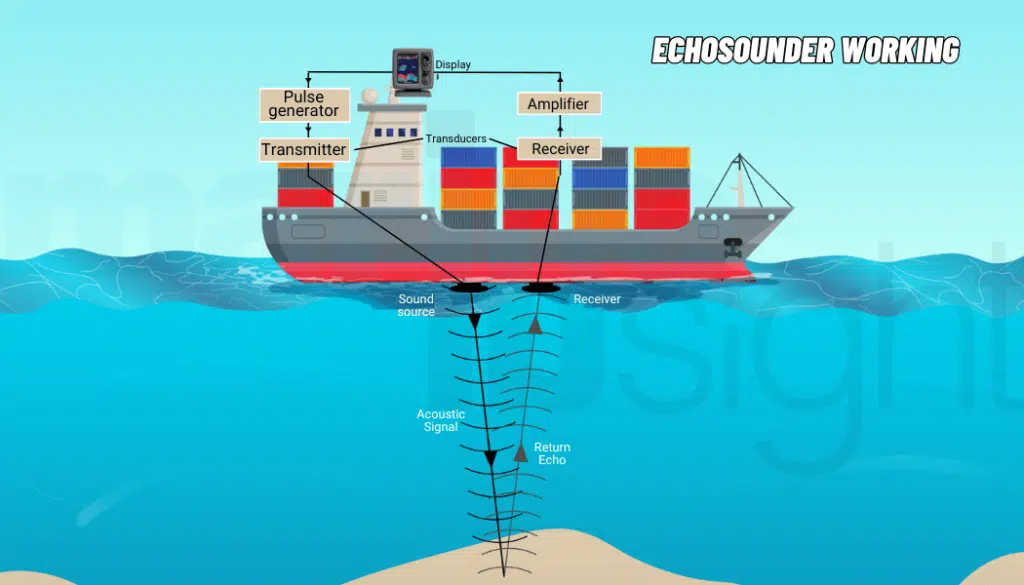
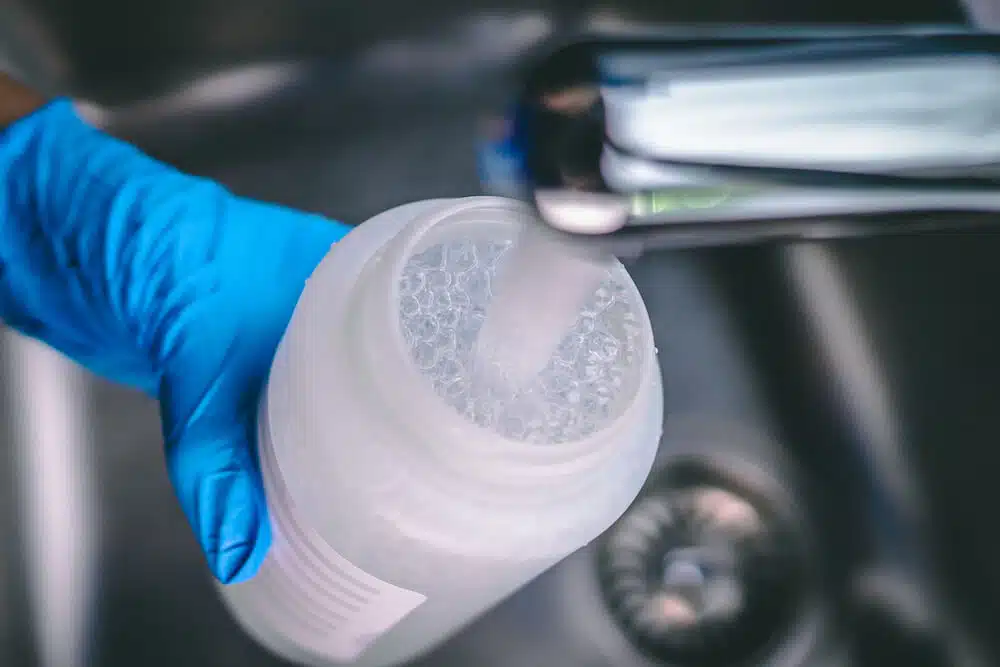
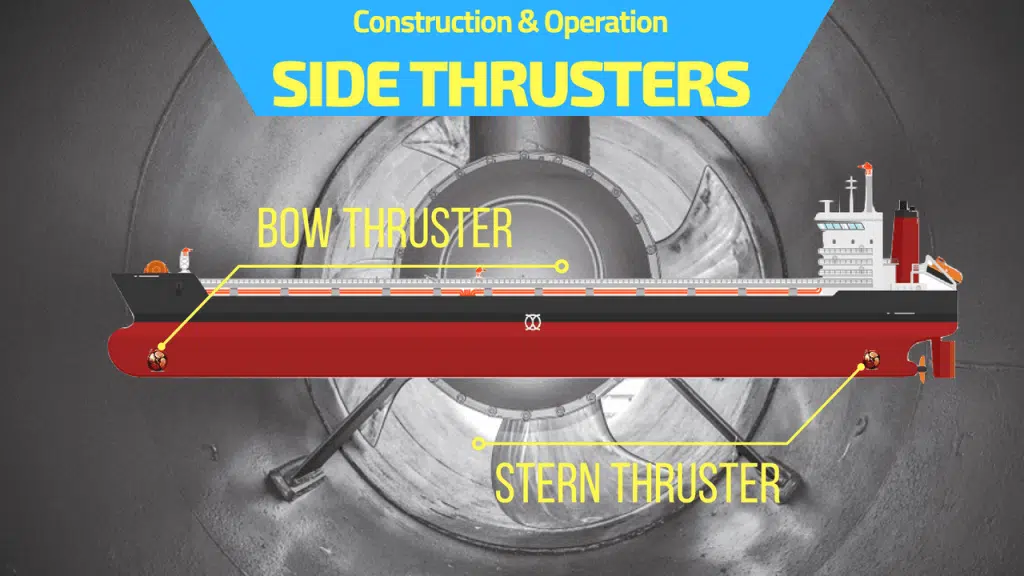
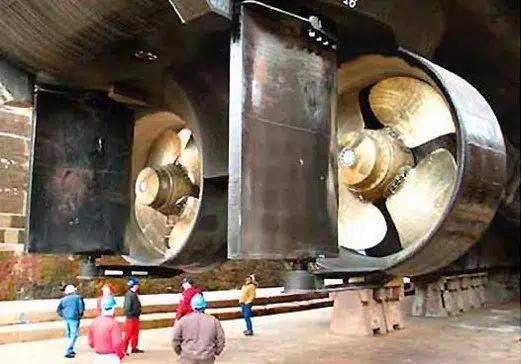
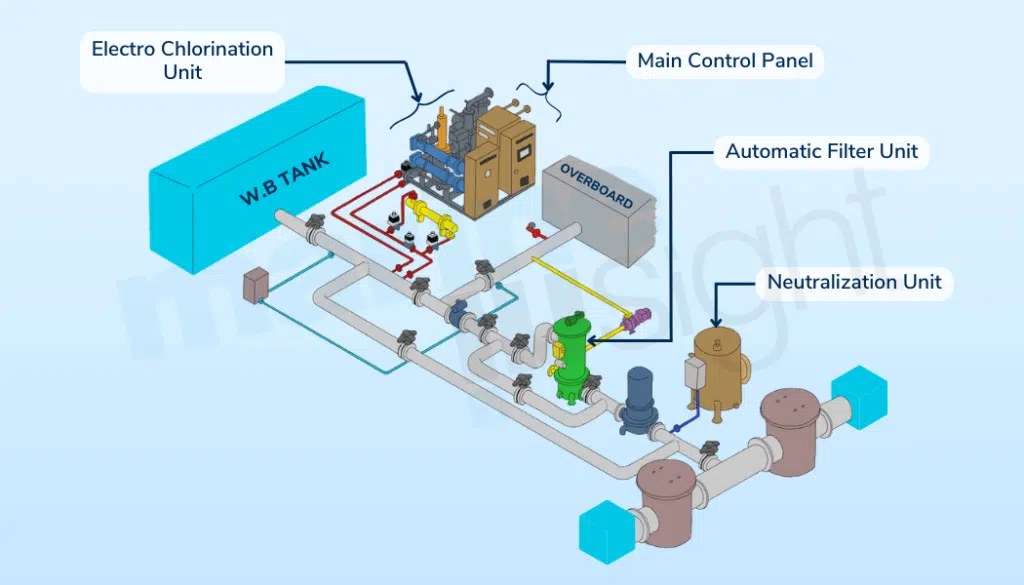

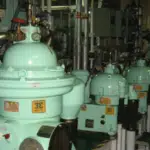


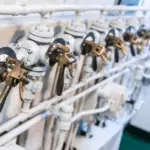
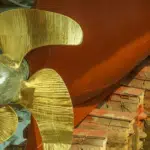

i am a trainee marine engineer…..there are no vacancy for tme….if any one cn hlp …plz
Imo is on the right track. Keep it up!
I CHECKED THE DRAWINGS OF GATE VALVE WITH NON RAISING STEM. I COULD NOT FIND THE ONE PART WHICH IS ATTACHED BETWEEN THE DISC WEB ON TOP OF DISC. IT IS LIKE A THREADED PART. IT OPEN AND CLOSE THE VALVE. IT IS LOOKS LIKE NUT. I DONT KNOW THE NAME OF THIS PART. PLEASE SEND ME THE NAME OF THIS PART.
I think you are referring to Yoke and Thrust Part.
Can you please tell what type of valves are used as ship side valves?
@Shavinda: Globe, gate, butterfly valves etc. Depends on the system where the valve is being fitted.
What is the difference between ship side valves and internal valves?
@Zaza: As the name suggests, the ship side valves are those which are connected to the overboard of the ships. Internal valves does not contribute to the overboard discharge directly.
we want to purchase gate valve as per IS 11335 for nevy application can any body help us who mfg this valves in india
Hello Everyone,
Please i have asked this question but have not been able to get a good answer. What systems are this various types of valves (Globe, gate, check, ball, butterfly e.t.c) connected to and what are their functions. For example i know Check valves is connected to the seachest which controls the the inflow of liquid into the vessel. But i don’t seem to know the the systems for the other valves. A good answer or article would be appreciated.
Thanks in advance
@Justin: Thank you for the topic suggestion Justin. Will send it to the team ??
Can you please let us know where globe valve is used ?